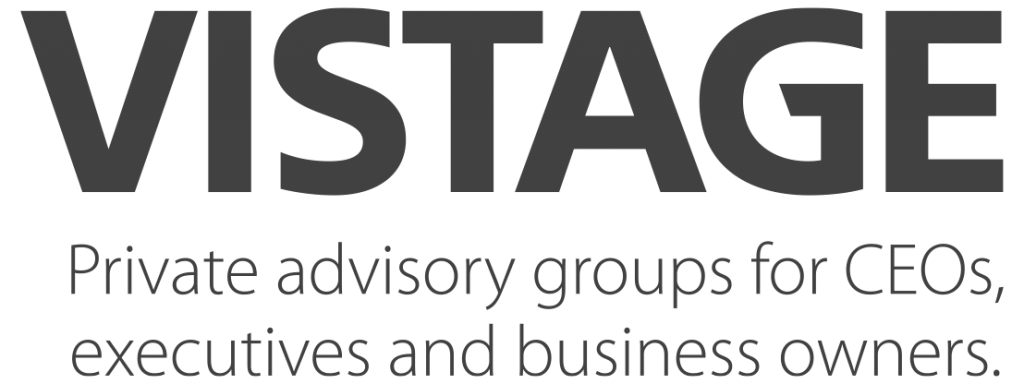Introduction: Navigating the complex world of business risk is a critical aspect of steering your company towards success and sustainability. The array of potential risks can be overwhelming, from economic fluctuations to technological advancements. This blog is designed to provide you with a comprehensive understanding of these risks and introduce an effective tool for managing them, ensuring that your business remains resilient in the face of adversity.

Understanding the Spectrum of Business Risks: Managing a small business involves contending with a wide range of risks. Here’s a breakdown of the key categories you should be aware of:
- Macroeconomic Risks: Global economic trends and market fluctuations can impact your business’s financial health.
- Microeconomic Risks: These supply-demand-related dynamics include internal decision-making challenges such as pricing, cost management, and resource allocation.
- Geopolitical Risks: International political developments can affect businesses engaged in or planning for global markets.
- Domestic Policy Risks: National regulations and policies can influence your operational strategies and are subject to political dynamics.
- Industry Risks: Every industry faces its own unique set of challenges, including competition, supply chains, and technological changes.
- Market Risks: Fluctuations in market demand and consumer preferences are constant variables.
- Product Risks: Product development and compliance with safety standards are vital for maintaining quality and innovation.
- Employee Risks: The productivity, engagement, and retention of your team are crucial for your business’s growth.
- Customer Risks: Keeping up with changing customer behaviors and preferences is key to maintaining your competitive edge.
- Competitor Risks: Stay aware of your competitors’ strategies and performances. Be especially aware of new entrants to your marketplace and the impact of industry consolidation amongst your existing competitors.
- Financial Risks: Managing credit, liquidity, and other financial risks is essential for your business’s fiscal stability.
- Technology Risks: Rapid technological advancements pose both opportunities and challenges. Being a “late adopter” is probably no longer a feasible technology strategy.
- Artificial Intelligence Risks: Integrating AI into your business processes requires careful consideration of various risks. However,
- Data Management Risks: Data privacy, security, and management are crucial in our increasingly digital world.
- Compliance Risks: Ensuring adherence to regulatory and legal requirements is imperative.
- Process Risks: Efficient business processes are key to operational success and workplace safety. The more complex your organization, the easier it is to have core process breakdowns.
- Operational Risks: Day-to-day operational challenges can impact safety, efficiency, and productivity.
- Cybersecurity Risks: Protecting against cyber threats is a top priority in the digital age.
- Legal Risks: Be prepared for potential legal challenges, including contractual disputes and labor grievances.
- Climate Risks: Environmental changes and climate-related events can affect your business operations and supply chain.
The Critical Role of Risk Management: Risk management should be an integral part of your business strategy and leadership conversations. It’s not just about identifying risks but also about understanding their interconnected nature and how they can impact different facets of your business.
Regular Risk Assessments: Conducting regular risk assessments should be an ongoing event in your business calendar. This proactive approach helps to identify potential vulnerabilities and develop strategies to mitigate them.
Engaging with Experts: Consulting with professionals like insurance agents, CPAs, business attorneys, IT service providers, and HR advisors can provide deeper insights into specific risk areas. Their expertise can help in crafting more effective risk management strategies.
Leveraging Industry Resources: Utilize resources and guidance from industry associations. They can offer valuable information and tools specific to your industry’s risk landscape.
Responsibility and Expertise Within Your Team: Identify who in your team will be responsible for managing each type of risk. Consider training or appointing a risk management officer if necessary.
Risk Prioritization and Mitigation: Not all risks are equal. Prioritize them based on their likelihood and potential impact on your business. Focus your resources on high-probability risks that would leave you significantly vulnerable while having contingency plans for others. Remember, if everything is a priority, then nothing is. It’s best to understand and choose your vulnerabilities.
Utilizing a Risk Assessment Tool: To effectively manage these diverse risks, I recommend researching and using available risk assessment tools. These tools will help identify, categorize, and assess the likelihood and impact of potential risks. The objective should be to customize and create risk mitigation strategies and facilitate regular risk reviews, ensuring that your business stays prepared and proactive in its risk management approach.
Conclusion: For small business owners and their leadership teams, understanding and managing business risks is not just a necessity; it’s a strategic imperative. By embracing a structured approach to risk management, supported by effective tools and regular evaluations, you can safeguard your business against unforeseen challenges and steer it toward long-term success and resilience. Remember, being prepared is not just about managing current challenges but also about anticipating future ones.

